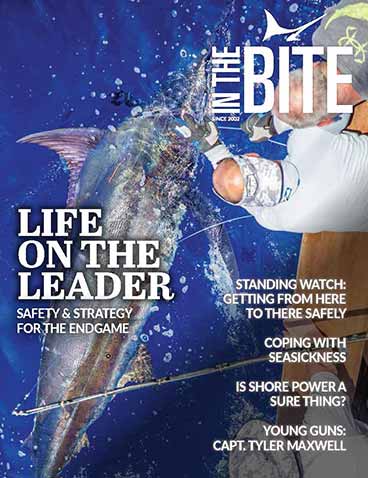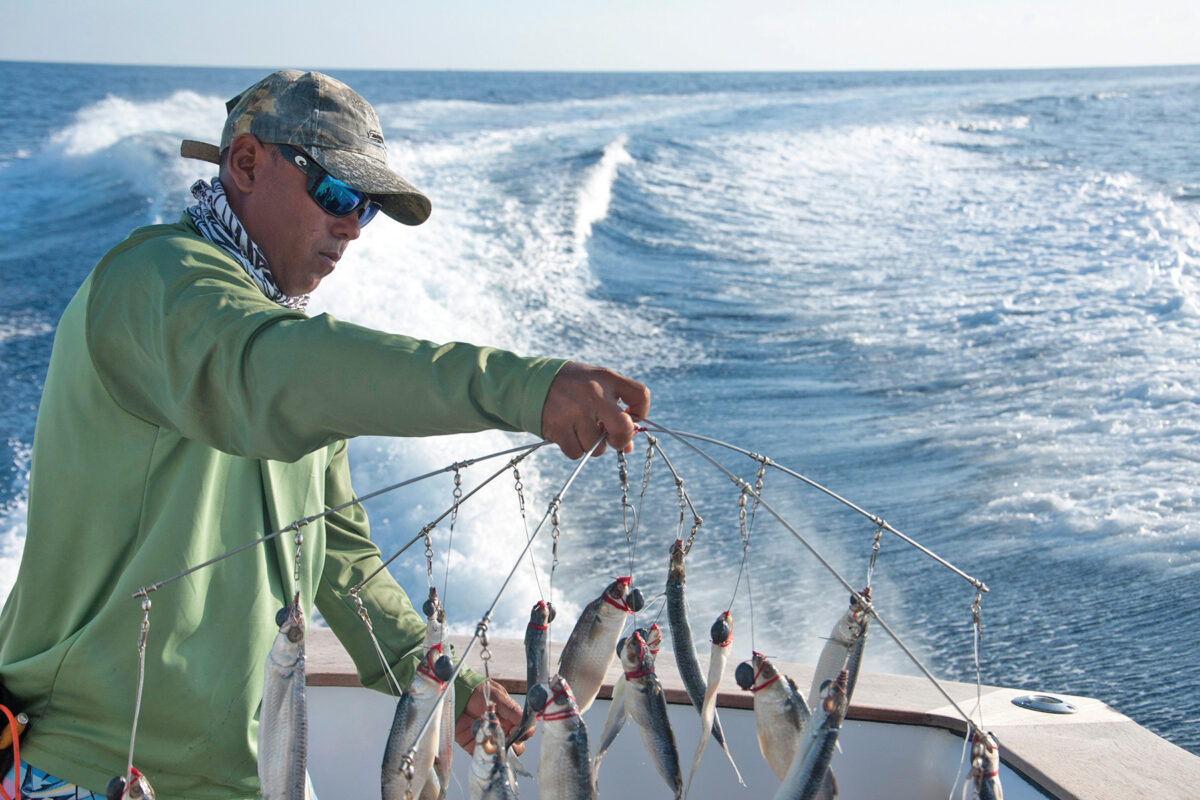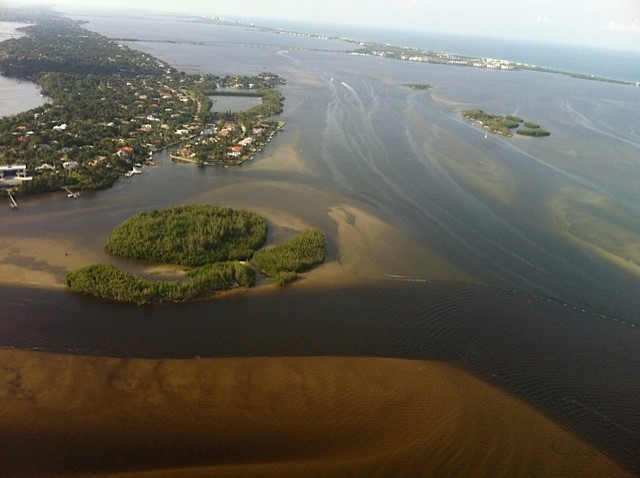Dredge Pulling Tricks from the Pros
The first time I saw a marlin dredge I had two thoughts. First: that looks ridiculous. Second: that looks awesome! At first, 40 rigged mullet dangling from a web-work of bars and leader looks like a cluster FUBAR waiting to happen. Put the dredge in the water, and dozens of









